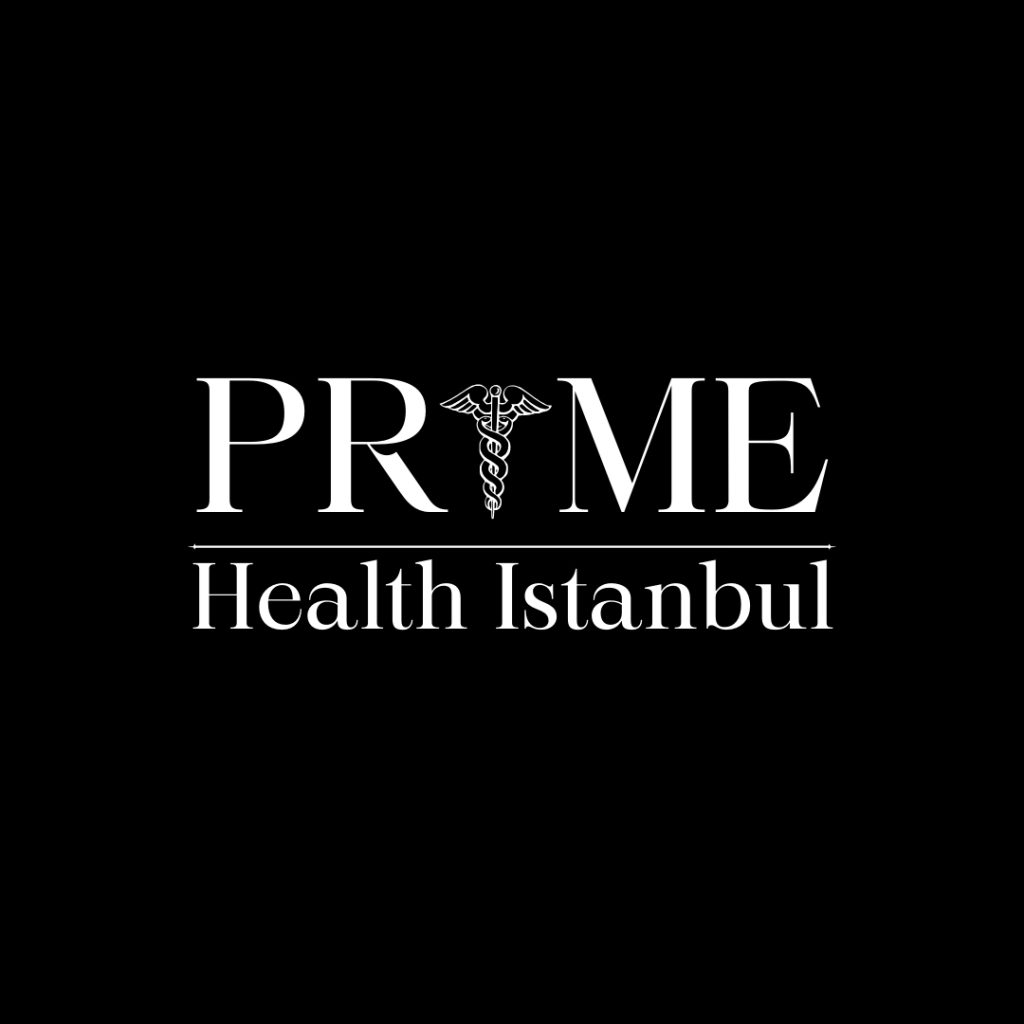
Talk to Prime Health Istanbul’s experienced experts

Prime Health Istanbul’s trusted experts are dedicated to helping patients achieve their cosmetic goals. Our team has guided hundreds of patients through their treatment journey and looks forward to helping you restore your confidence once again!
Chat with us!